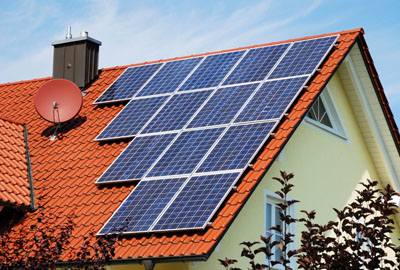
More and more people want to incorporate solar power into their daily lives. However, there are some things to bear in mind if you want to install a solar power system in your home. Not just any system will do. It needs to fit your energy needs and your property location. Here are some tips.
First, determine if your location is conducive to solar. You need to have an area of your property that faces in a southerly direction – ideally, it will face directly south, but slightly southwest will work. It needs to receive sunlight between 9AM and 3PM. Make sure you observe this area all year round, because a property's sunlight can vary greatly from season to season.
Remember, too, that you can mount solar panels on tall poles and trees, not just your roof. So if an area of your property is shady during the key part of the day, look up – it might be sunnier up higher.
Second, call your utility company and find out what your average monthly use of kilowatt hours is. Then you can determine how many KW hours your solar system will have to generate. (You might choose to have only half of your KW hours replaced by solar.)
Types of Home Solar Systems
In order to narrow down what sort of system you need, it's important to familiarize yourself with the different types. Most homeowners choose to be tied in to the power grid, because a stand-alone system can get very complicated and expensive. It is an option, however.
1. Photovoltaic solar panels
These are what most people think of when they think of solar power. They are flat panels that sit on your roof. Generally, photovoltaic systems can power appliances and lights only, not heating and cooling.
The power generated is usually tied in with the conventional power grid, and this is viable option for most solar power users. If you are tied in to the grid, you do not need a battery back-up for night-time and other times when the sun is not shining. The conventional power company becomes your back-up when you are tied to the grid.
2. Solar heating systems
There are active and passive solar heating systems for our home. Passive solar heating uses conduction, convection, or radiation to move sun-generated heat throughout the home. Active solar heating collects the sun's heat in some kind of air or water reservoir, then pumps it throughout the home.

